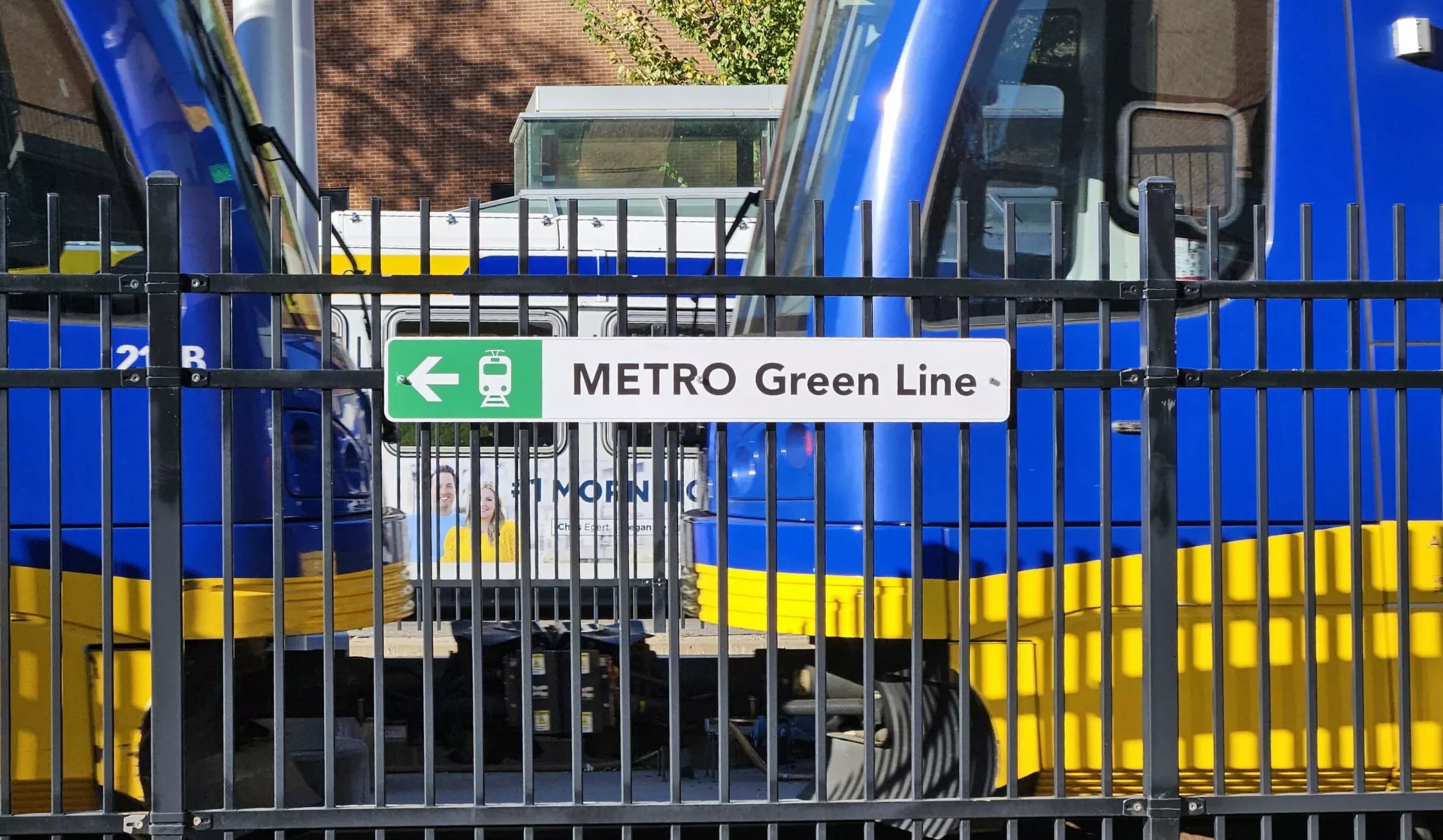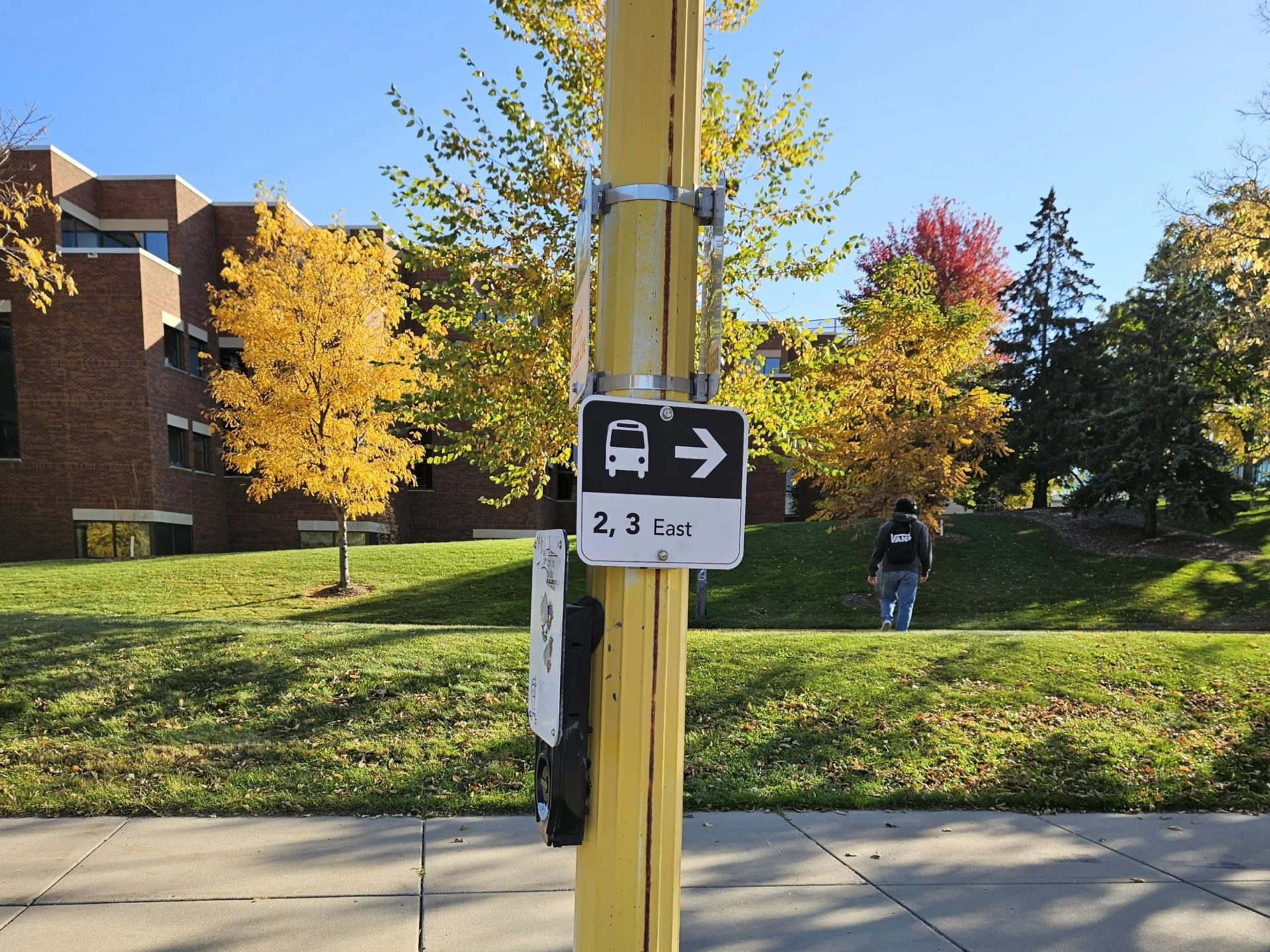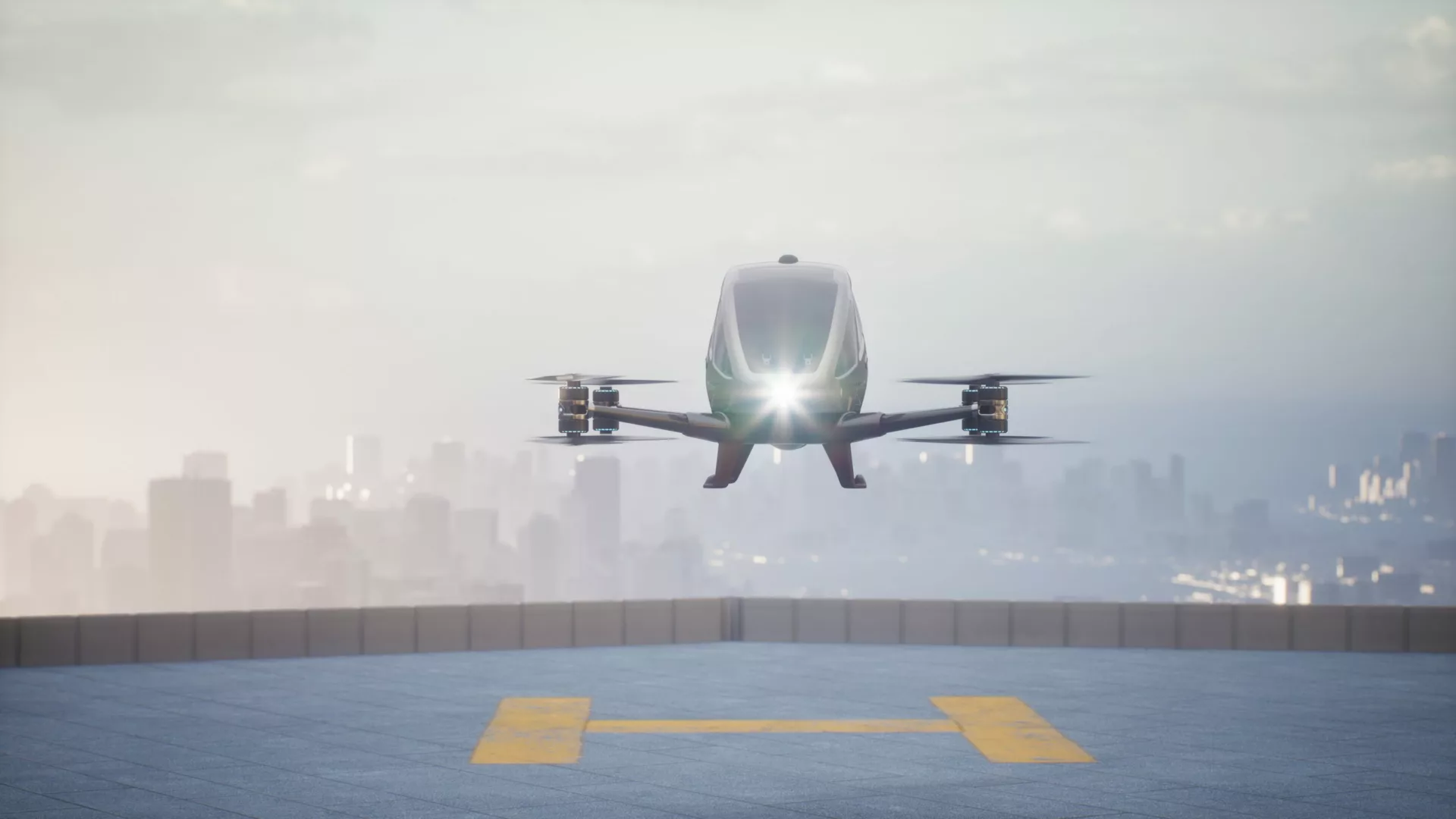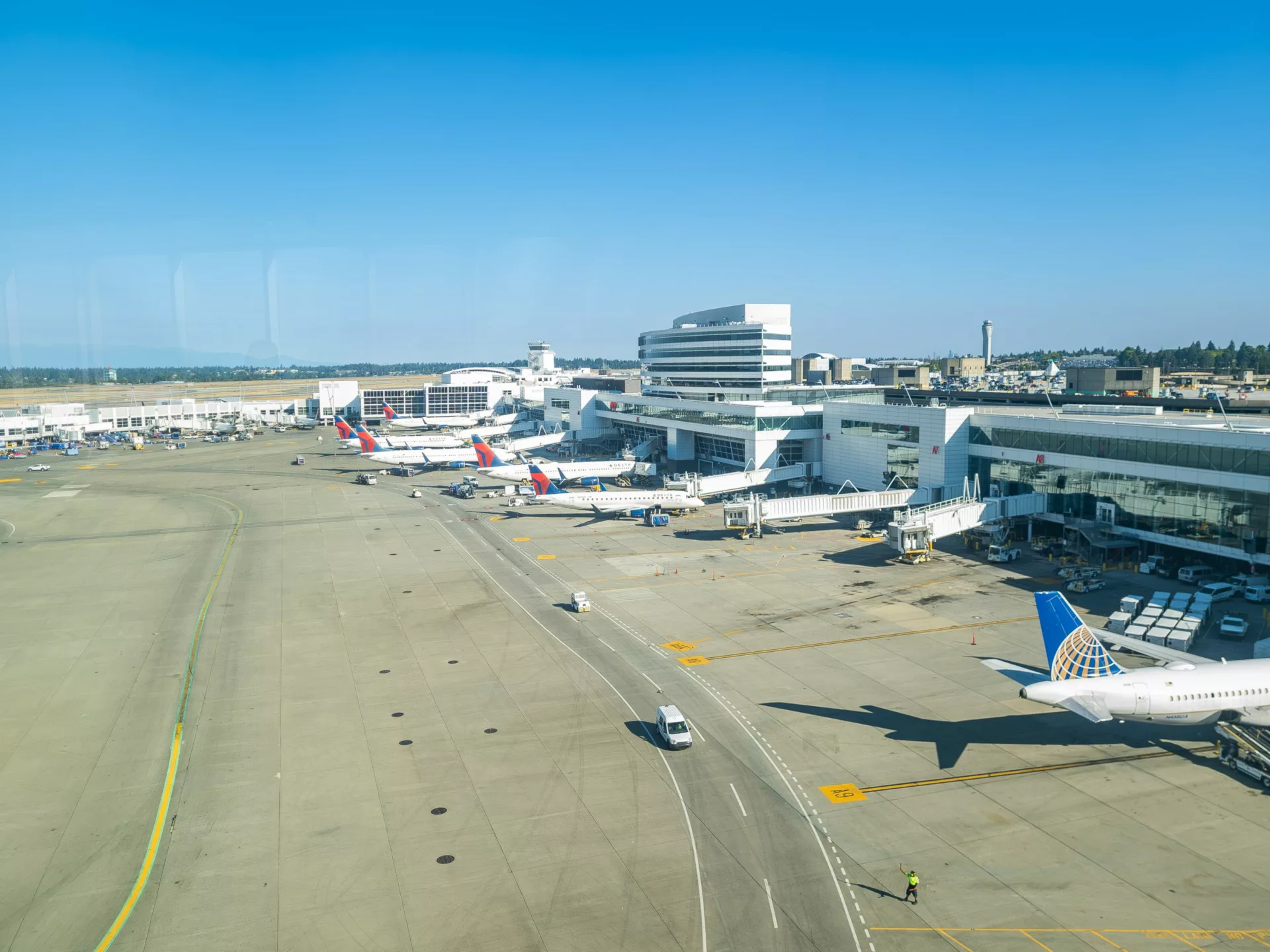Navigating transit systems can be challenging, especially in large urban environments. Recognizing this, Metro Transit—the primary public transportation operator in Minneapolis—embarked on a mission to simplify decision-making for riders and improve their overall experience. With a goal to understand how riders navigate to and within stations and address areas of confusion, this project leveraged our team’s deep expertise in collecting and analyzing data to refine signage placement, content, and accessibility features that better meet the needs of all system users. Importantly, the findings showcase how strategic guidance informed by actionable insights can improve the rider experience.
The Challenge
For many riders, getting to Metro Transit’s West Bank Station and navigating once there presented challenges, stemming from a lack of clear and intuitive wayfinding. As a key transfer point connecting buses and light rail, the station serves diverse groups, from daily commuters to first-time users, who depend on reliable signage to efficiently navigate the system. Yet, a range of pain points stood in the way of a seamless rider experience. These included bus-to-train and train-to-bus confusion; multiple, unclear bus stops; accessibility gaps; inconsistent signage and maps; and campus connectivity and pathways.
Recognizing these challenges, Metro Transit piloted a wayfinding evaluation at the Mall of America Transit Center. The pilot revealed critical insights, such as the need for comprehensive area maps and better directional signage, while also confirming the value of conducting innovative, real-world transit market research to better understand rider needs. Building on these lessons, Metro Transit sought to expand its efforts at West Bank Station through a more robust, multiscenario study. To achieve this, Metro Transit partnered with RSG, an expert in transit market research.
RSG’s Solution
To address the navigation challenges identified at West Bank Station, RSG developed and executed a detailed evaluation plan that blended innovative research techniques with participant-focused methodologies. By prioritizing real-world observations and inclusive design principles, the study aimed to deliver deeper insights and practical recommendations for Metro Transit to enhance wayfinding and improve the overall rider experience.
A key component of our approach included think-aloud methodology. This involved participants verbalizing their thoughts while navigating predefined, scenario-based routes (a total of five wayfinding scenarios were selected). Each participant was equipped with a GoPro camera to capture their journey, and researchers observed behaviors such as decision points, tools used, and moments of hesitation or confusion. Debriefs at the end of each session allowed for further clarification and qualitative input. This method provided deep insights into not only where confusion occurred but also why.
To obtain a representative ridership sample, RSG recruited a diverse group of participants, including individuals who are visually impaired, have limited English proficiency, or face other navigation challenges. This approach ensured the study captured a wide range of perspectives and that our team’s recommendations addressed the needs of all riders. Throughout the data collection and analysis process, our team recorded quantitative metrics such as task completion times, time spent paused, and backtracking. Qualitative insights, including participant comments, emotional responses, and observed behaviors, were analyzed to uncover recurring patterns of confusion and challenges.
The study identified several critical points of confusion for transit system users, such as riders at the train platform struggling to locate the correct bus stop; misleading or outdated signage; and a lack of clear wayfinding at some intersections. Participants also highlighted the absence of maps and directional markers that indicated both their current location and the routes they needed to take. RSG delivered recommendations to address the identified issues. These included installing area maps with “You Are Here” markers and directional arrows at key locations, such as bus stops, platform entrances/exits, and major intersections. Our team also recommended replacing incorrect maps and adding tactile and audio-enabled signage for visually impaired riders, along with repairing audio pedestrian signals.
Overall, the data demonstrated the need for signage to account for both visual and behavioral cues, reinforcing the importance of consistent and intuitive wayfinding systems. Moreover, the combination of think-aloud methodology and GoPro footage delivered rich insights that highlighted both visible and less-apparent issues. By combining rigorous research, real-world testing, and participant-driven insights, RSG delivered a comprehensive set of recommendations to Metro Transit. These solutions were tailored to enhance the rider experience at West Bank Station while also serving as a framework for improving wayfinding across the broader transit network.
Download a PDF







